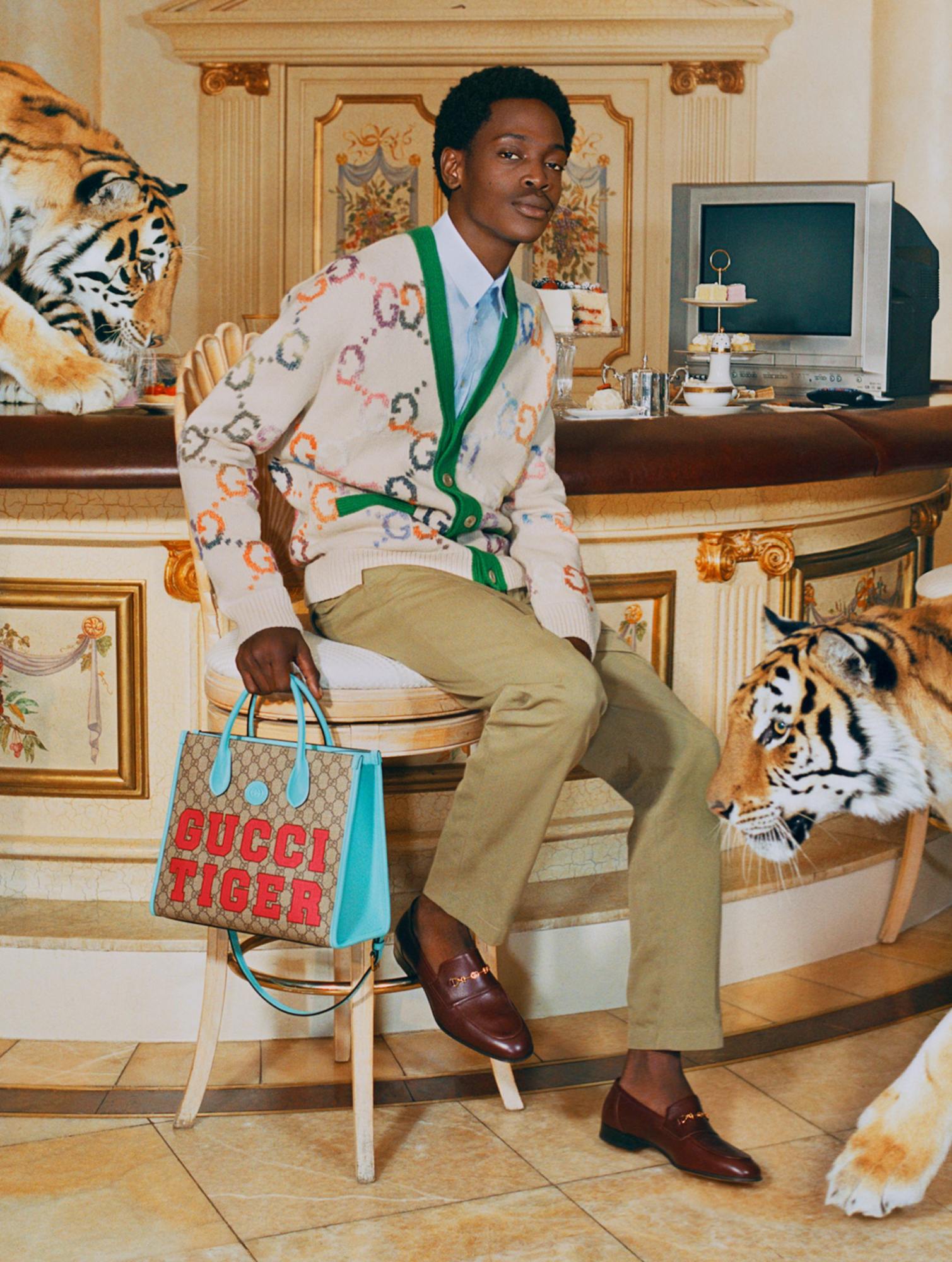
Why Gucci placing tigers in a glamour setting for Year of the Tiger advertising campaign is all wrong
- Gucci adverts timed for Lunar New Year showing tigers at a hotel high tea are wrong on every level. So what if the tiger images were shot in a safe setting?
- Rather than advertise the luxury house’s Year of the Tiger collection they promote the exotic-pet trade and petting zoos. Animals don’t belong in ads, Gucci
Let’s get straight to the point: Gucci’s latest advertising campaign screams tone deaf.
Designed to promote its Year of the Tiger collection, the campaign depicts “actual tigers” joining a “group of friends for high tea in a retro-style hotel”.
What on earth was Gucci thinking? Oh, obviously it wasn’t.
Not surprisingly, social media users got their claws out, bombarding Gucci’s social accounts with comments such as “the tiger is not a pet”, “free the tigers” and “don’t exploit animals”.


Animal rights groups joined the chorus, calling on Gucci to stop glorifying captive wild animals in their campaigns.
Gucci’s defence? “A third-party animal welfare organisation, American Humane, monitored the set on which animals were present and verified that no animals were harmed”. Furthermore, the “tigers were photographed and filmed in a separate safe environment complying to Gucci’s policies and then featured within the campaign”.
Hotel ‘beast rooms’ looking into concrete tiger enclosure labelled cruel
And spare us your ethical rhetoric. “Nature, wildlife and its denizens are particularly important to Gucci,” says the luxury Italian fashion house in an Instagram post. If Gucci’s creative director, Alessandro Michele, is such a big fan of nature then why put the big cats in such unnatural settings?

According to WWF, a conservation and environmental NGO, there are about 5,000 captive tigers in the US. Only 3,900 tigers are left in the wild.
Putting people in branded clothes next to tigers also glamorises unsanctioned wildlife parks and petting zoos around the world where people pay big bucks to get a picture with big cats which, say animals rights campaigners, many have been drugged to make them docile and “tame” so humans can play with them.

We live in an age where corporate social responsibility is a vital aspect of any company that wants to be seen as decent or ethical. So why do brands continue to feature animals in their misguided marketing?
Gucci, get with the programme and leave animals out of the picture.

